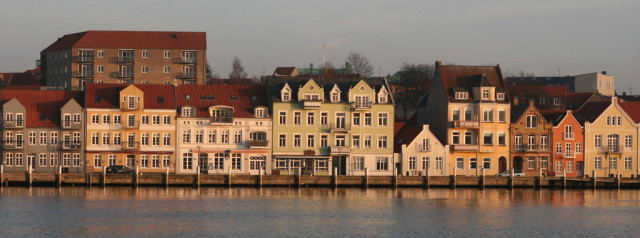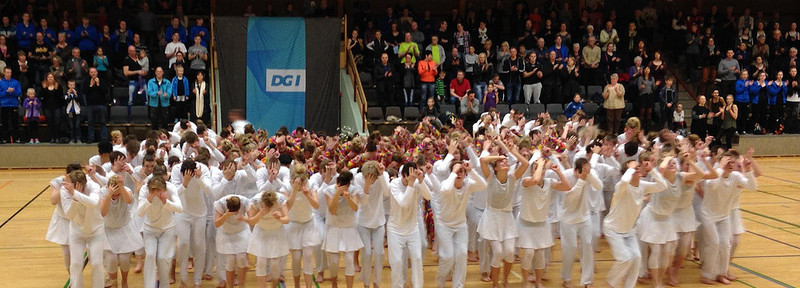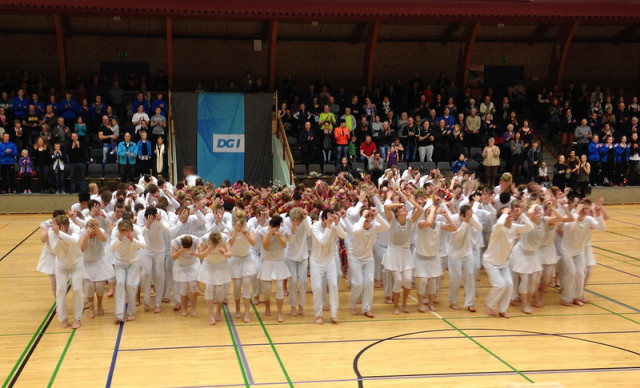
For the past few months, Ashish Patel has been occasionally driving back home from work with me and my friends. The time has now come for Ashish to return to India. Luckily for us, he had written a post about his thoughts on his first day here in 2011. That post will come up in the coming days.First we get to hear what his thoughts are now that he is leaving for India, what he thinks of Sonderborg, and why he has decided that it is time to move on. Over to Ashish:
Sønderborg, sounds like a medieval exotic kingdom with elves and fairies and sorcerers of the middle earth.
Though it is not exactly true but what is true is the fact that Sønderborg does make you feel out of the world.
There is strange sense of calmness coupled with grandeur and serenity that oozes out of the laid back lifestyle here.
There is no hurry, no hustle and definitely no traffic jams. Most of houses are centuries old and mostly old cars to match them.
If I were to describe the experience of living here in one word, that would be cozy. Right from the candle-lit drawing rooms, to the musty study, to the nicely decorated dining rooms, there is a homeliness and coziness which comes along. People are polite and have a very private way of life here. They give prime importance to family and after dark people tend to stay at home spending quality time with their loved ones.
The best part of Sønderborg is the area around the castle overlooking the king’s bridge and the massive church. I never fail to feel amazed walking over the bridge onto the line of fabulous restaurants facing the water coloured in different shades of yellow and pink.
The park behind the castle and the harbour sucks out every inch of negative energy and tiredness and fills you with a feeling somewhere between happiness and content. Watching the water from the bench on the long promenade sometimes makes me think I want nothing more from life than to sit and admire the simple sounds of water hitting the rocks.
There is so much to soak here, the rundstykkers of Fridays,the people lining up for ringriderpølser, the Sonderborg band playing in every special occasion, the huge horses and their riders with spears in the ringrider festival, the crazy drunk teenagers who ring people’s door bells on every Friday night.
We made lots of friends at office and at the LærDansk (Danish learning centres) and fitness centres.We had many parties, we joined the Sonderborg cricket club and enjoyed playing here, we did everything to stay busy. I thought I would never get enough of the charm of Sønderborg.
Many many months have passed since we first came here and now the very thing that we loved is also the reason we want to move on. We are citizens of India and growing up we were used to lots and lots of people, lots of noises, lots of friends and lots of family gatherings. When we came here the sudden change brought peace and quite and I am thankful for that. We got time to do what we couldn’t do there. But now after spending a few years here, we miss the noise, we miss the people and we miss the fun we had with our family and friends.
The one thing we learned here was to that the most important thing in life is to have the calmness of heart and the importance of spending time with your family and that is why we want to go back to spend some time with our family.
Vi Ses.


